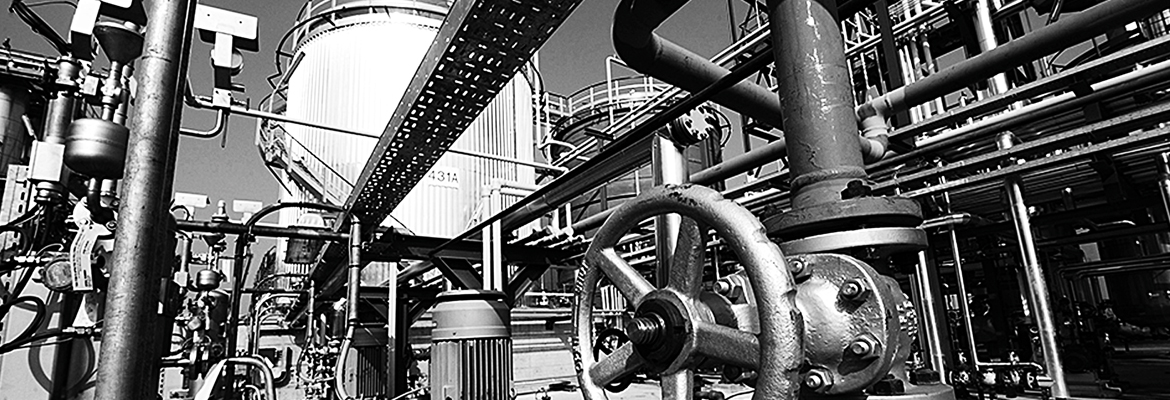The regeneration of used mineral oils represents a well-established positive example of circular economy in our country. Today, in Italy over 95% of used lubricating oils which enter a regeneration plant is recovered. This amount of matter is reinserted into the market so as to create an almost perfect circularity, which has been going on for 50 years.
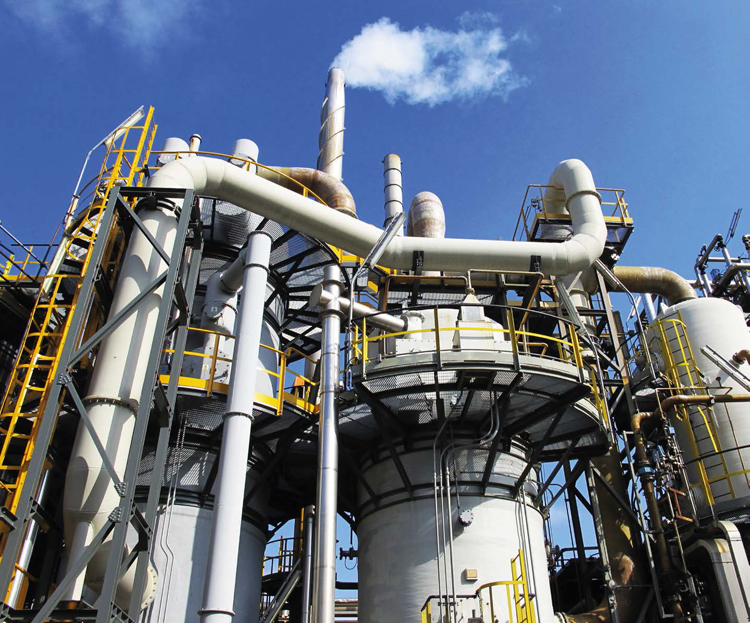
It all starts with a well-organized collection system, widely spread over the territory and implemented by the Compulsory Consortium of Used Oils (COOU), which has achieved excellent results in the last few years.
It is a system that – thanks to the technological excellence displayed by industrial actors working in the regeneration process – allows for the reinsertion of a high quality product into the market, while at the same time avoiding dispersal in the environment of huge quantities of dangerous waste, such as used oils. This is an example of circularity which is then completed by a certification that allows the product to be inserted into the market of green public procurement, making the whole supply chain green.
But let’s analyze the most recent developments. GPP (Green Public Procurement) – which has been made compulsory in Italy by the Public Procurement Code – allows for a big presence on the market of environmentally sustainable and regenerated products, which have similar or even higher performances compared to “virgin” products. These products represent environmental best practices, a result of the most advanced technologies, capable of generating a potentially huge positive impact on the environment.
In the case of regenerated lubricants, the excellence achieved in their technological development – like the one displayed by Viscolube – allows for a product with the same quality as the virgin one to be available on the market; in addition to this, it is a green product.
“But the most rewarding aspect – explains Lanfranco Locandro, commercial director of Viscolube, leading company in the re-refinery of used lubricants – is that the qualitative level achieved in the regeneration process becomes the qualifying factor of the whole supply chain. The final product – in this case the regenerated base which is then bought by lubricants’ producers – is traceable through a product certification that characterizes the whole productive cycle. This means that the whole regenerated base included in the final product and the fluxes of matter during the whole process are assessed, thus providing the necessary guarantee to the public buyer and an example for the final consumer.” This guarantee is provided by the environmental label.
Product environmental certification: Remade in Italy
Remade in Italy is an independent product environmental certification that assesses the recycled material of a final or semi-manufactured product. It certifies the traceability of the production process in the various phases of the supply chain, starting from the analysis of the incoming raw material, down to the certified finite product. The certification contains some provisions to guarantee maximum security in the use of the certified product. It is recognized by the laws that discipline GPP in Italy and can be released only by a third independent body, which needs to be accredited with the scheme.
Viscolube regenerated bases have been assessed by competent and qualified auditors during their whole production cycle: from the origin of the used lubricants to the processing inside the plant. Here, thanks to a patented process of bio-refinery – one of the most commonly used in the world – a wide variety of used oils are treated, producing re-refined bases, both Group I and Group II, which are used by the world’s most important lubricant companies. This process is made up of three parts: Preflash, Tda (or thermal deasphalting) and Hydrofinishing, one of the best technical and environmental solutions for the production of high quality regenerated bases. Furthermore, a detailed traceability plan has been elaborated to show all the monitored steps.
As a result of the certification process, a label has been released for each regenerated base, containing the percentage of regenerated material (in Viscolube bases this amounts to 100%), together with the assignment of specific classes. The label shows the environmental effort in the traceability of the regenerated matter, which also leads to a significant positive impact on the entire cycle: compared to primary production, a huge saving is obtained in climate changing emissions and electricity. These results need to be transferred to the final buyers, to create an effective “supply chain qualification.”
Following the assessment, the certification that accompanies the product – being accredited and thus having the highest level of reliability – can be used by contracting authorities as evidence of conformity to the environmental criteria contained in the CAM, which require or assign premiums to the use of regenerated lubricants in mechanical transports and machinery.
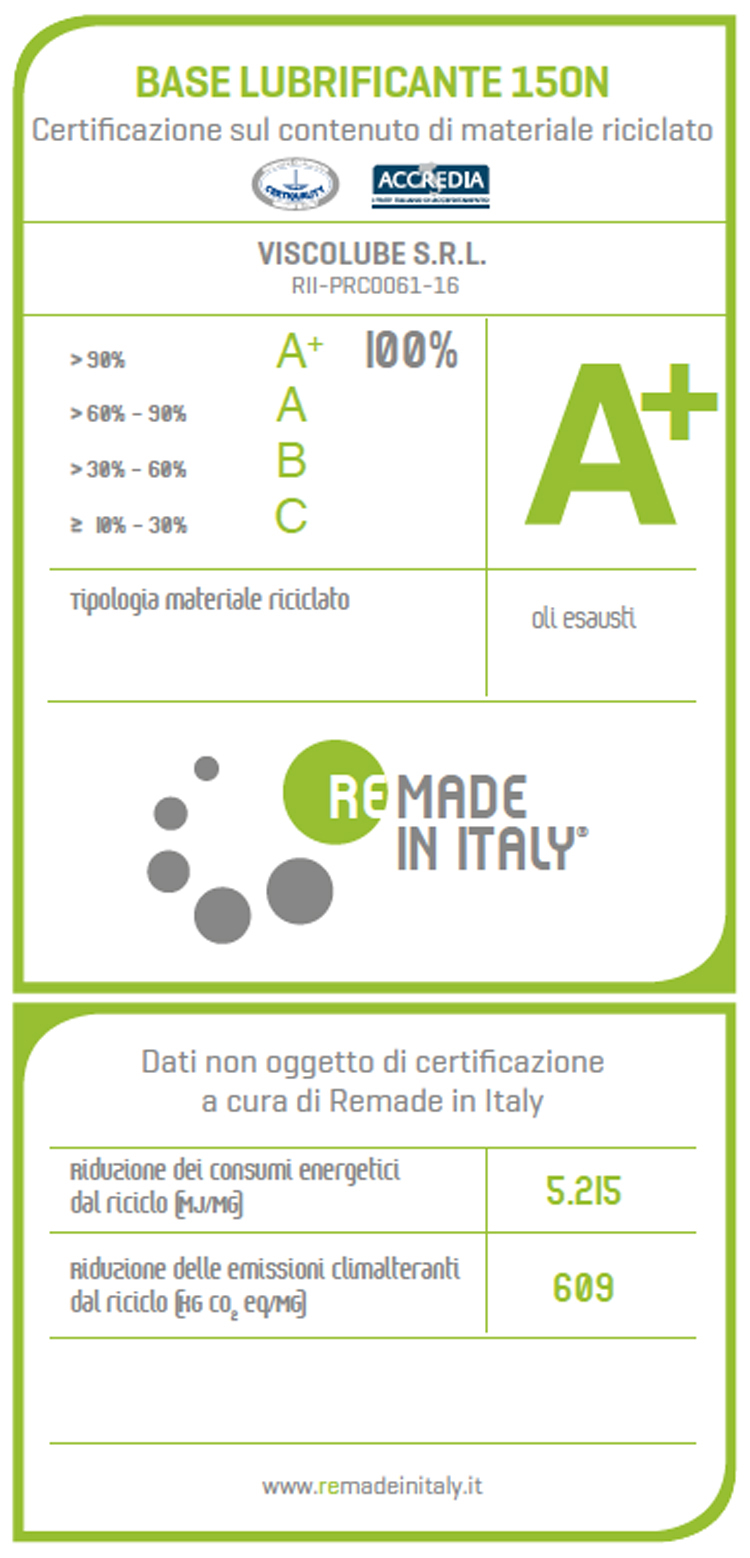
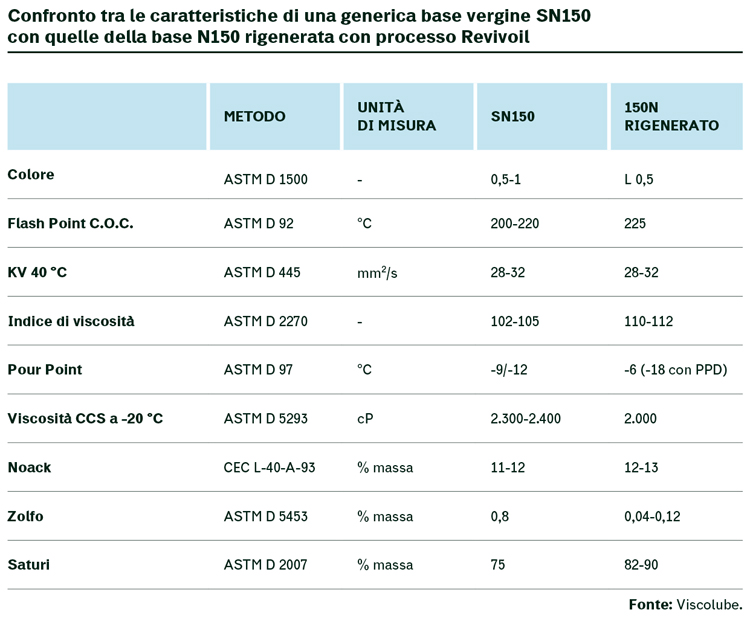
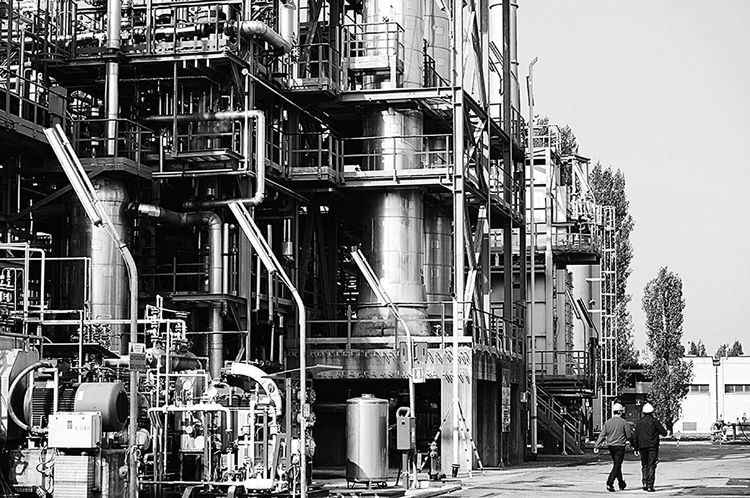
The Push by the Public Sector
In this context, GPP provides the necessary push towards environmental innovation through CAM – the minimum environmental criteria established by the Ministry of Environment – which define the technical characteristics for each class of product (and service) so that they qualify as green. This way public administrations can comply with the obligation provided for in the Public Procurement Code.
A concrete example is the “Transport CAM”. This is a 2008 decree by the Ministry of Environment, which public administrations need to comply with for each tender where buying, leasing or renting of public transport is required. It requires, for the maintenance of vehicles, the use of engine lubricants with low viscosity, regenerated lubricants or those that comply with the ecological criteria of Ecolabel.
Another example is the “Building Sector CAM”. This 2015 decree states that building sites’ vehicles and machineries can only use oils containing a quota of regenerated lubricating base with minimum thresholds varying from 15 to 50%, depending on the type of oil.
“In this scenario – Locandro continues – Viscolube’s commitment and the investments carried out towards the environmental innovation of the sector and the whole supply chain, find important confirmation. The technology designed by the company allows for the treatment of a volatile quality raw material, that generates products with higher quality compared to those that go through their first refinery process (also thanks to the effect of the synthetic components that are present in the recovered used lubricants). But Viscolube decided to go beyond the achievement of the technological excellence that has always characterized it. It took a fundamental step towards promoting environmental awareness along the whole of the supply chain, carrying out a certification process of its products’ environmental quality. This quality is also guaranteed by the work of a widespread, selective and perfectly traceable collection, which is implemented by COOU. Good collection allows for good regeneration.”
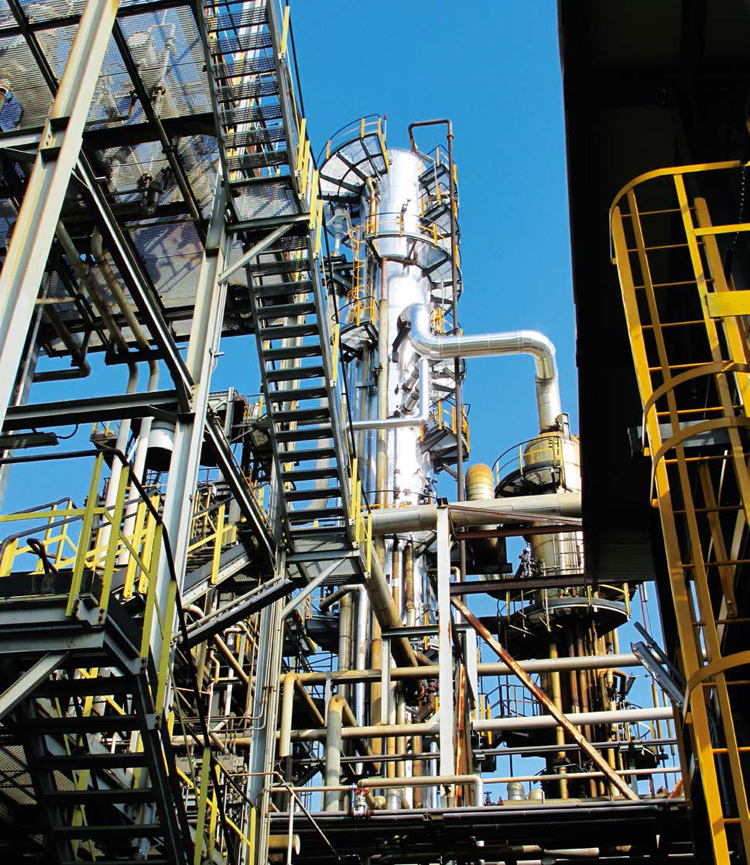
The quality of regenerated lubricant bases
The final lubricant is produced by mixing the base – virgin, regenerated or synthetic – with a series of performance additives that aim to satisfy the specific requests of builders, in both the automotive and the industrial sectors.
There are many parameters that are used to evaluate the quality of a lubricant and they deal with different characteristics:
- the viscosity index: the higher it is, the higher the quality of the lubricant in keeping its viscometryc characteristics stable in a changing temperature;
- the CCS viscosity (Cold Crank Simulator, i.e. the apparent viscosity of a lubricant at low temperature and high shear stress): the lower it is, the better the lubricant;
- amount of sulphur (the percentage of sulphur in the lubricant): the lower it is, the better the lubricant, which, above all, proves more compatible with modern systems of emission gases post-treatment.
Considering all these parameters, Viscolube Revivoil regenerated bases present better features compared to virgin bases: higher viscosity index, minor CCS viscosity, minor presence of sulphur.
In particular, high viscosity index and low CCS viscosity allow, in some case, for a reduced use of additives and other high-cost components. The lower sulphur level, on the other hand, allows limiting the negative effects such as the poisoning of emission gases post-treatment systems used in vehicles.
Target: The End Consumer
“If the public component seems to ‘have done its bit’ by acknowledging the role of the re-refined lubricating product, Viscolube – Locandro stresses – still has a key objective to achieve: the awareness of the final consumer. The first step is to raise awareness in the whole of the supply chain, thus adequately valuing not only the collection activity, but also the environmental aspect and the quality of the regeneration technology and the product that is derived from it.” In this process, ongoing technological innovation plays a very important role. Viscolube is working at a third reactor for the production of Group II+ lubricating bases, while the regenerated bases currently on the market are considered part of Group I+. This represents a big step in improving quality, a step that offers clients, especially lubricant producers, clear qualitative and competitive advantages.
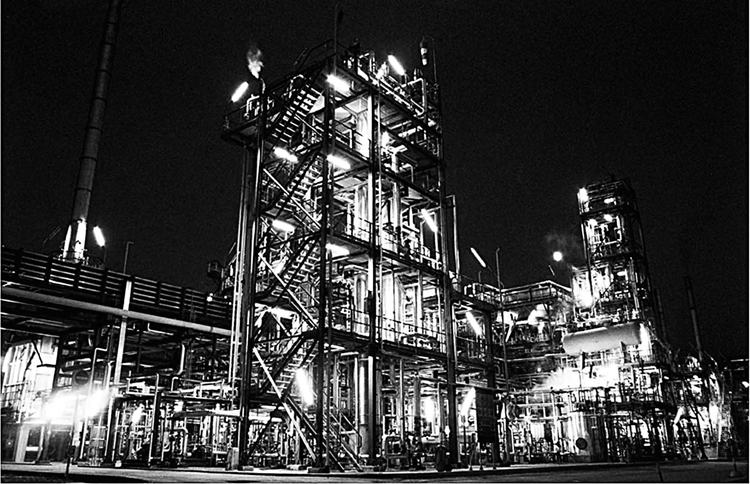
Once it reaches the “lubricant producer”, the process of awareness acquisition about the environmental and performance qualities of the regenerated bases moves onto the finished lubricant. Furthermore, by operating in their specific supply chain segment, the lubricant producers design their final product on the basis of the specificities requested by the vehicle and mechanical parts’ producers. Here we arrive at another link in the chain: the users who, by releasing the approval codes that certify the lubricant’s compliance with the requested performances, become witnesses to the quality of the regenerated base product.
The costs of the necessary tests to obtain approval are borne by the producers of bases and additives, with the objective of providing an ever better service to their clients. The latter, by advising on the use of a specific product, “close the circle” of communication, reaching consumers.
“This – Locandro concludes – is the ultimate meaning of the commitment by a highest quality regenerated base producer like Viscolube. It makes sure that the presence of a regenerated base product becomes a value, which is communicated with pride along the whole of the supply chain, with the aim of generating awareness of what lies behind it and of its environmental benefits.”
E. Bompan, “We Recyle Oil”, Renewable Matter, 6-7; www.renewablematter.eu/art/149/We_Recycle_Oil
Info



